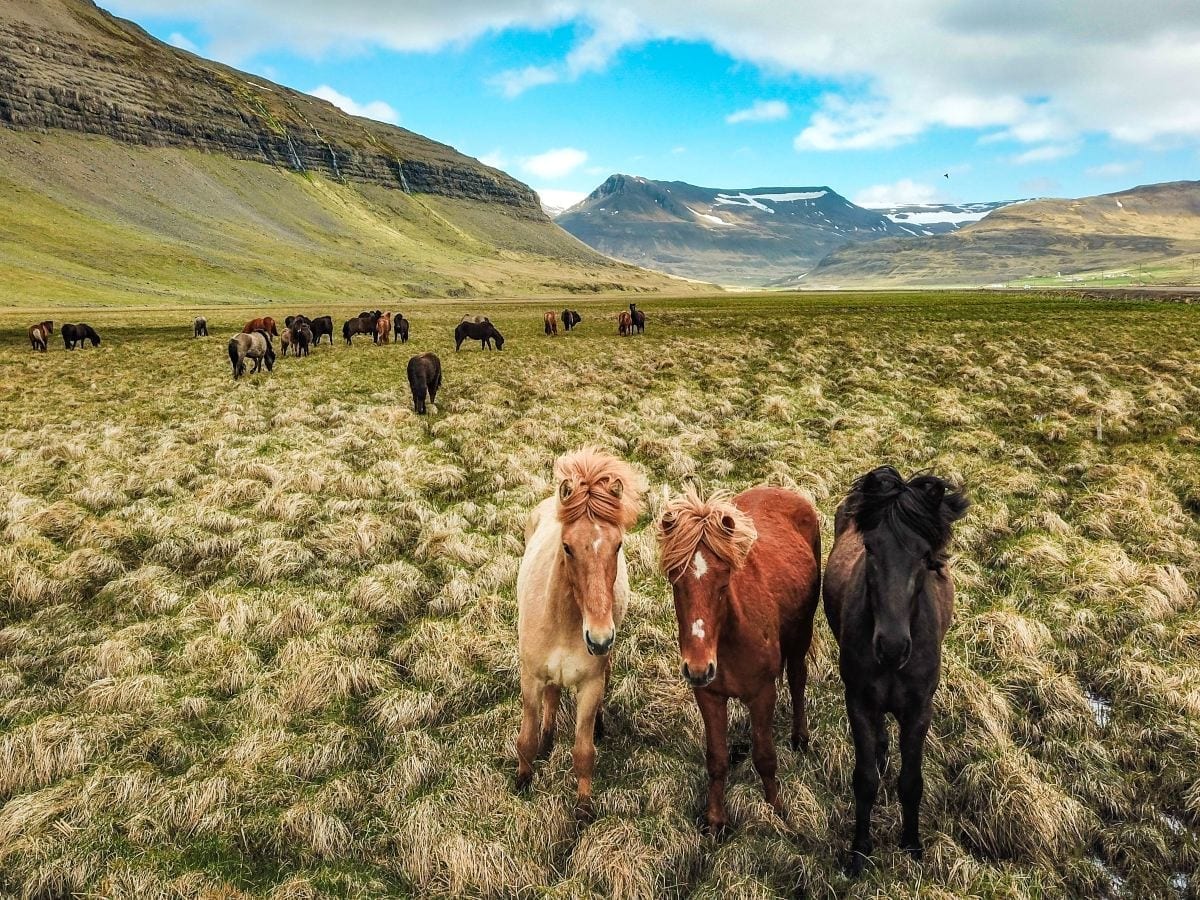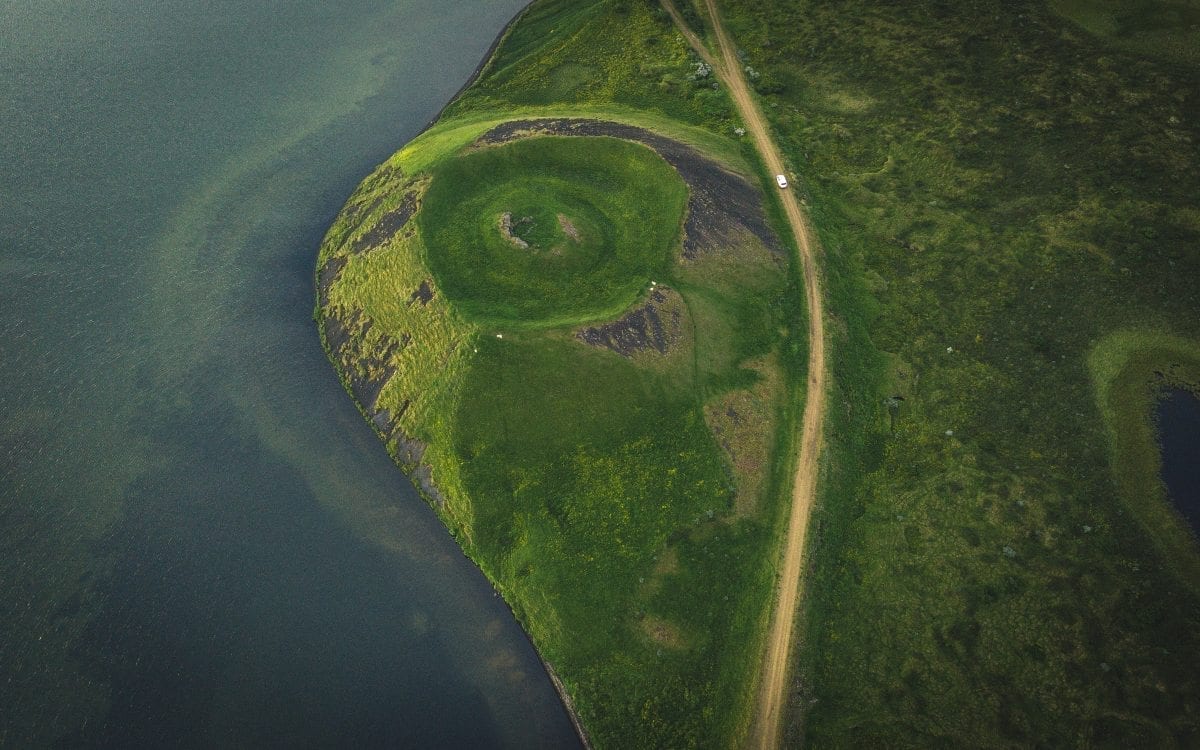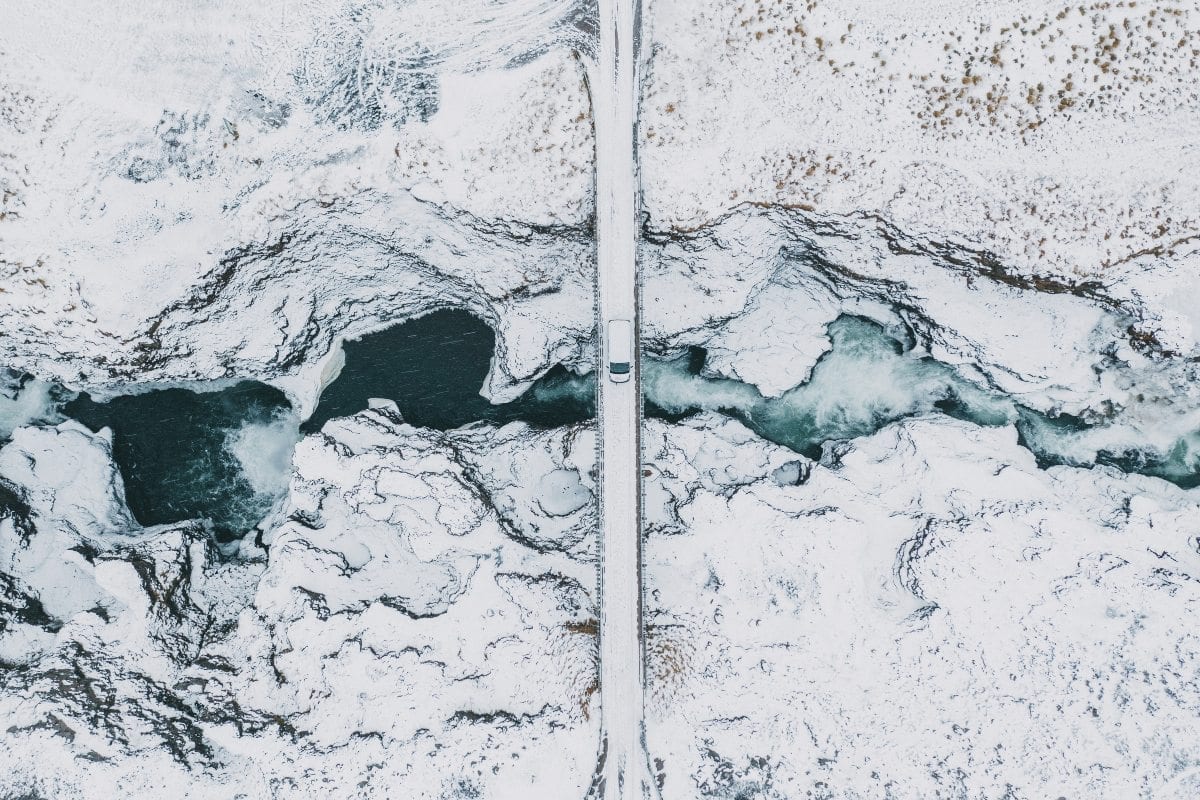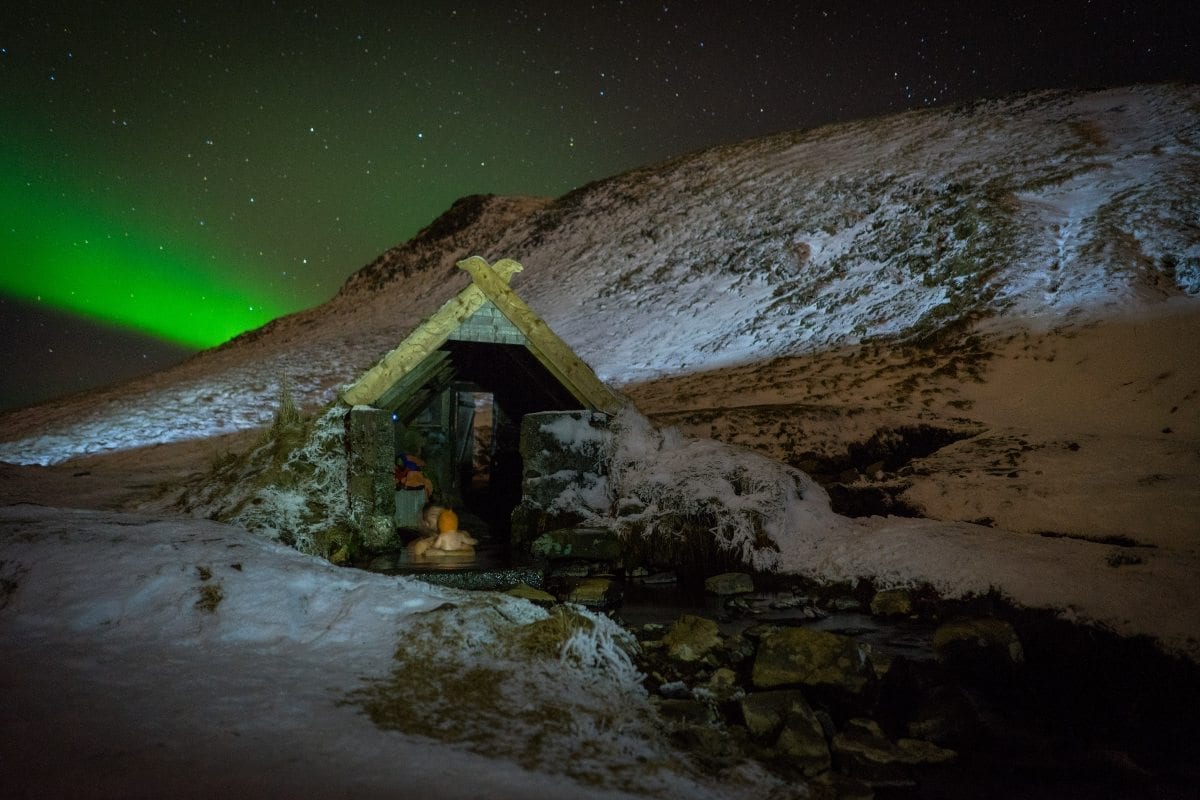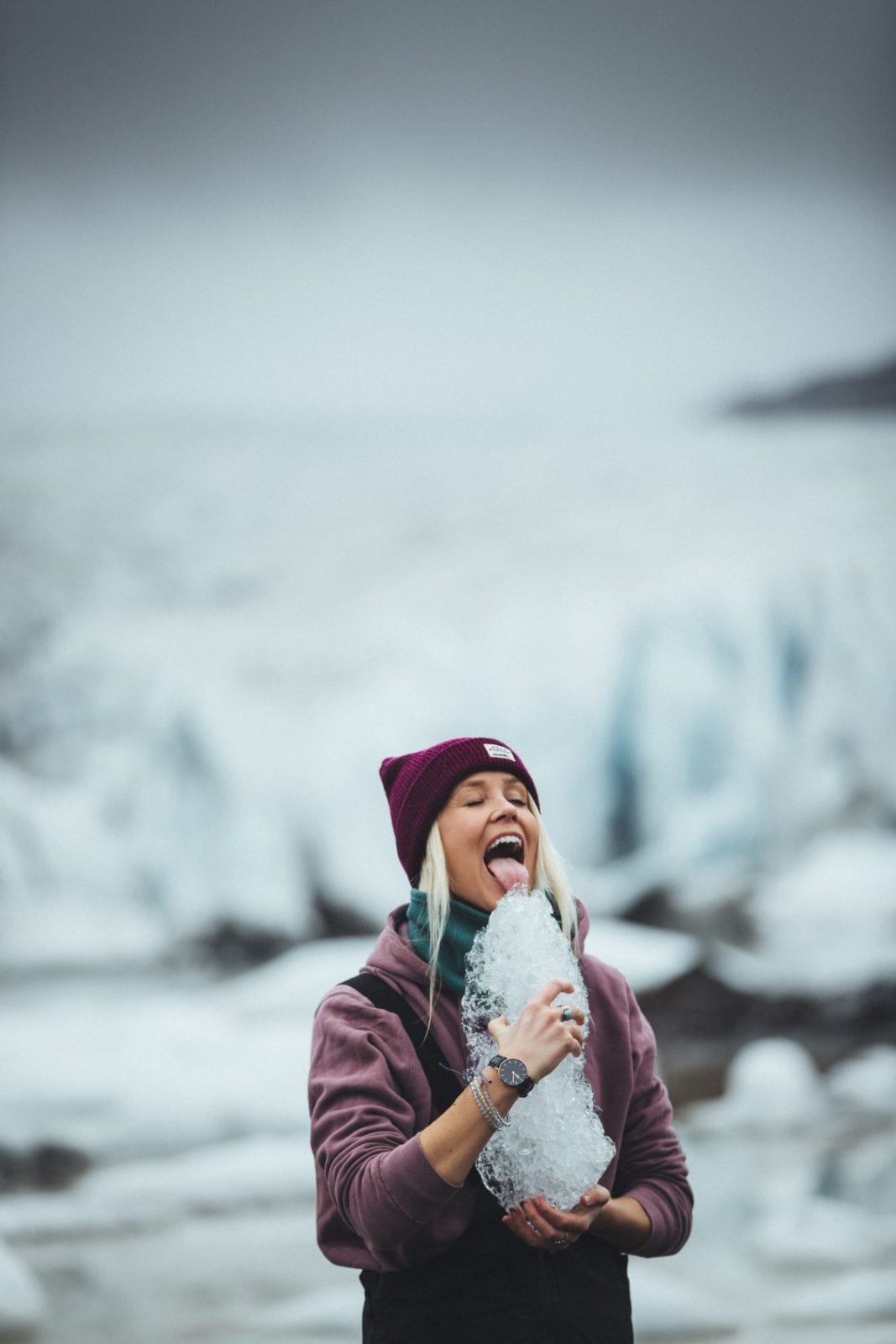Of course, every month is the best to come to Iceland! If we got to choose you would get to experience every season because all four of them have pros and cons. The best time for your visit depends on what you want to experience – you might have to come more often than once, and we welcome that!
Summer (June-August)
You would not believe the difference between summer and winter here in Iceland. During the dark months of winter, it sometimes feels like it will never become bright again or the temperatures go above 0°C. But, of course, it happens, and before long the sun rises so high in the sky that it does not set again for a couple of months.
During the summer months, Iceland is very green. The few trees and bushes in Iceland in full bloom are a welcome sight after the dark months (there are more trees in Iceland than you would think, we even have a few “forests”!). The wildlife of Iceland is incredibly vibrant during the summer months, with hundreds of thousand migratory birds coming to the island for courting and laying their eggs. Probably the most famous bird is the puffin, but you can find many different day tour companies offering tours to their habitats.
All highland roads are open in July (they open one by one from May to July). Whale Watching is the best in summer too. Because the summer is so short in Iceland and the winter so long, a lot of Iceland’s festivals and other activities are crammed into June, July, and August.
What not to miss:
The midnight sun.
The color change of the moss-covered lava (dry vs. wet).
What you will miss:
The northern lights.
Long nights.
Winter (November-March)
The migratory birds have left, the leaves have fallen off the trees, and the sun will set incredibly early in the day (and rises late). The temperatures plummet and… well, you might think about why you should come over the winter months. There are many reasons; northern lights, the long twilights, incredible sunsets and sunrises, the stillness of the snowy nights.
We have a saying that there is no such thing as bad weather, it is just you that is not dressed according to the weather. So, layer up your winter clothing, become a walking and talking burrito, and enjoy the Iceland winter.
The highland will be closed, but instead, you can enjoy the starry nights almost 24h a day. We recommend doing just that while bathing in the Blue Lagoon, the Nature Baths in Mývatn or any of the many swimming pools and hot springs dotted around the country. You can also enjoy some of the many film festivals during the winter months.
What not to miss:
The northern lights.
Twilights that last for hours.
What you will miss:
The midnight sun.
The puffins.
Spring (April-May)
One of two shoulder seasons. The days are getting brighter after the winter. The snow has mostly melted, but it could still come back. You could also experience warm summer-like days. You will be able to experience long days but still, see the long twilights accompanied by sunsets and sunrises. If you arrive in May, many of the summer routes have open, and since it is the shoulder season, there are not as many tourists about.
This season can be pretty wet, so we recommend you bring waterproof clothing and shoes. You must pack both winter and summer clothes for spring in Iceland since this is one of two seasons (fall being the other) where you can experience all four seasons in one day!
Try spotting the Golden Plover. It is said that it brings the springtime with it. Also, the third Thursday of the month is the first day of summer; it is a bank holiday in Iceland with parades and family fun dotted around the country.
What not to miss:
Incredible sunsets and sunrises.
Newly opened areas, such as Þórsmörk.
What you will miss:
The northern lights.
Most of the highland roads will still be closed.
Fall (September-October)
The island is still pretty green by the coast during this time, at least in September. The days are shorter, but not as short as they will become in just a few weeks. The best part about this season is that it is still reasonably warm (by our standards), the days are not ridiculously short and the northern lights season has started! The fall colors of Iceland are, in our opinion, exceptional and in areas such as Þingvellir National Park, they are breathtaking.
Second of two seasons where you can experience all four seasons in a day (the other being Spring). We recommend bringing waterproof shoes and clothes as well as winter clothes, especially if you arrive in October (the first day of winter is the last Saturday of the month).
What not to miss:
The northern lights.
The color changes in Þingvellir National Park.
What you will miss:
The midnight sun.
Some highland roads will already have closed.
Check out our list of things we think you should pack for travel in Iceland.
